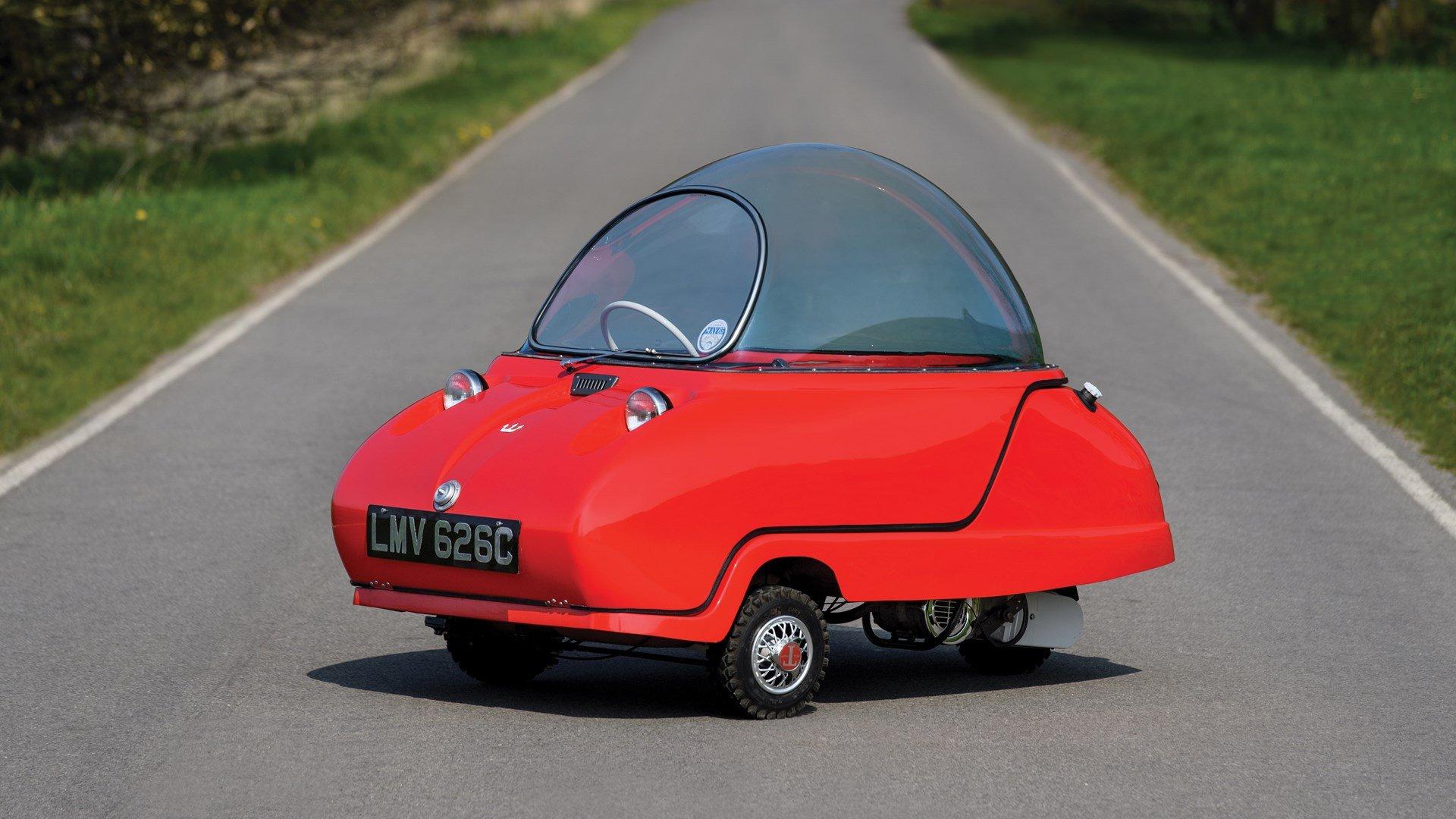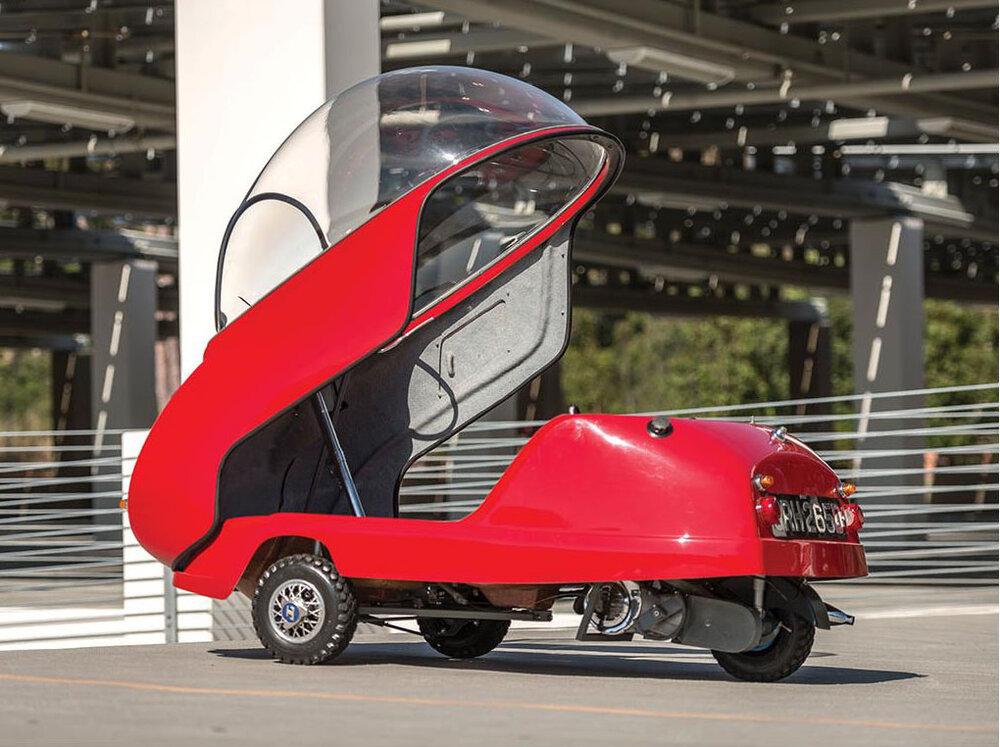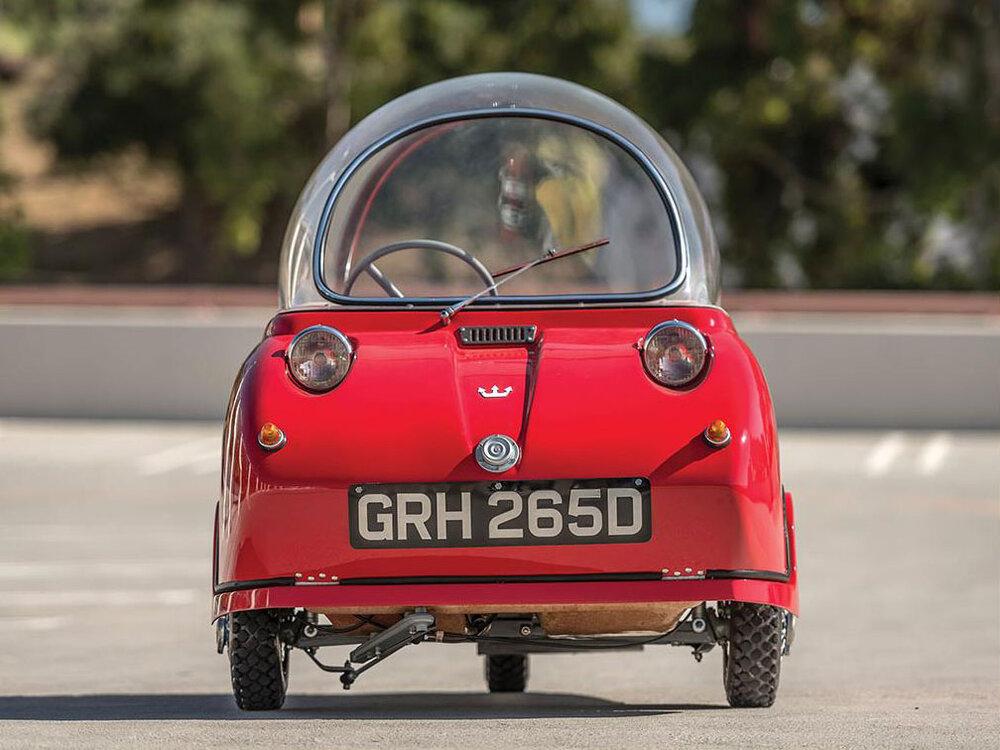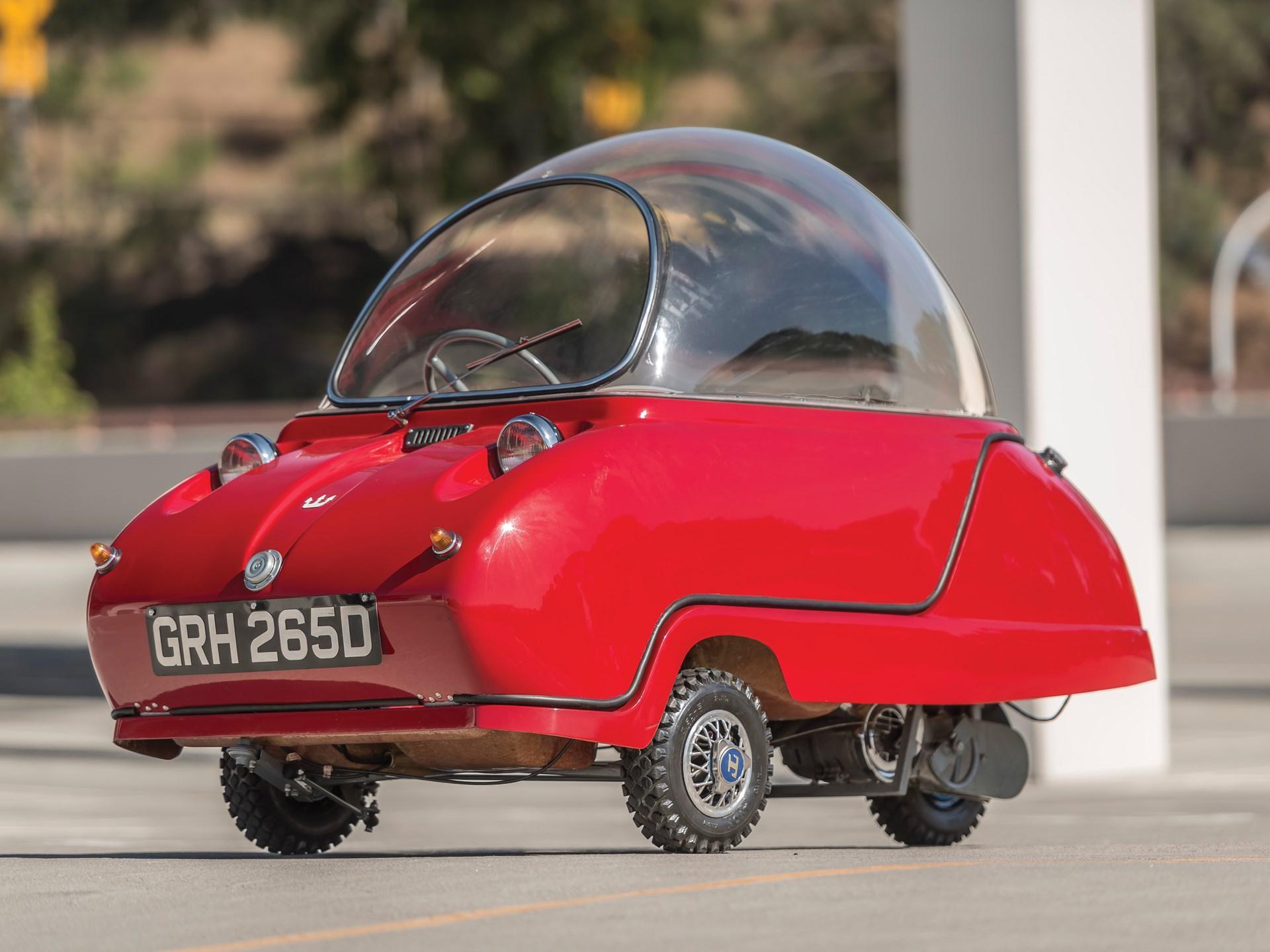1964 Trident
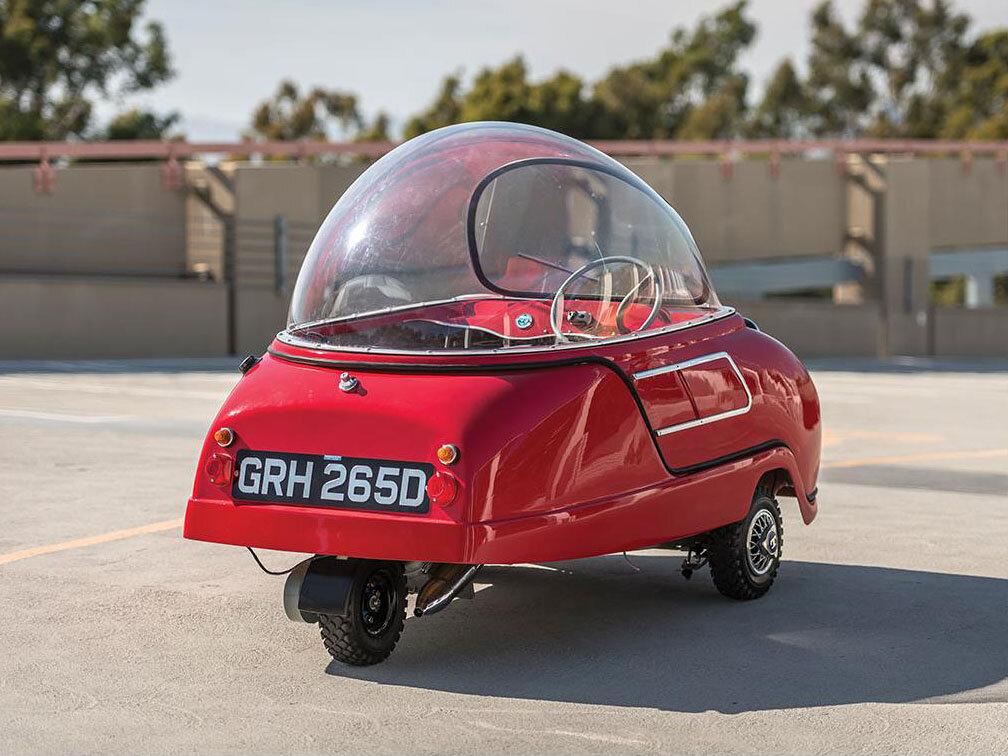
The descriptions of the Classic Cars in the Directory were partly generated or supplemented with the help of artificial intelligence (AI). The content may occasionally not always be entirely accurate or factually correct despite careful checking.
The Peel Trident is a strikingly innovative three-wheeled car that was produced from 1964 to 1966. Designed and manufactured by Peel Engineering Company on the Isle of Man, the Trident was marketed as a stylish and economical alternative to larger, more traditional cars of the era.
One of the most notable technical features of the Trident was its unique construction. The body of the car was made from lightweight fiberglass, which greatly reduced the overall weight of the vehicle. The Trident was also designed to be extremely compact, measuring just 54 inches in length and 41 inches in width. This made it one of the smallest production cars ever made, and it was even smaller than the iconic Mini Cooper.
Powering the Trident was a 49cc DKW engine, which was capable of producing around 4.2 horsepower. While this might not seem like much compared to modern cars, it was enough to propel the Trident to a top speed of around 38 miles per hour. The engine was mounted at the rear of the vehicle and was connected to a four-speed manual transmission, which allowed for smooth shifting and precise control.
While the Trident's technical specs might not be all that impressive on paper, what really set this car apart from its contemporaries was its handling. Thanks to its lightweight construction and small size, the Trident was incredibly agile and maneuverable. Drivers could easily navigate tight corners and narrow streets, making it an ideal car for urban environments.
The Trident was also praised for its fuel efficiency, as it was capable of achieving up to 100 miles per gallon. This made it an especially attractive option for drivers who were looking to save money on gas.
Overall, the Peel Trident was a unique and forward-thinking car that was ahead of its time in terms of both design and engineering. While it may not have been a commercial success, it remains a beloved classic car today and continues to fascinate car enthusiasts with its innovative design and technical features.
Milestones
- 1964: Peel Engineering Company, based in the Isle of Man, begins production of the Peel Trident microcar - The Trident is designed by Cyril Cannell and Owen Clegg - The car is marketed as a three-wheeler, with a single front wheel and two wheels at the back - The Trident is powered by a 49cc or 66cc DKW two-stroke engine - The car has a fiberglass body and a top speed of around 38 mph - The Trident is praised for its unique design, efficiency, and maneuverability - The car is marketed as a fun and affordable vehicle, aimed at young people and city-dwellers - Despite positive reviews, sales of the Trident are slow and production ceases in 1966 - The Trident remains a cult classic and a symbol of innovative microcar designTechnical
- The Peel Trident was a three-wheeled microcar produced by the Peel Engineering Company from 1964 to 1966. - It was designed by Cyril Cannell and was produced in the Isle of Man. - The car had a fiberglass body and was available in various bright colors. - It was powered by a 49 cc DKW and 98 cc DKW engine. - The top speed of the Peel Trident was around 38 miles per hour. - Its fuel consumption was around 100 miles per gallon, making it an incredibly fuel efficient vehicle. - The car had no reverse gear but could be driven in reverse by getting out and pulling it backward. - The Peel Trident had a single headlight and two rear lights, as well as a horn and small windscreen. - The interior of the car was cramped, with limited space for even the smallest of passengers. - Although it was not designed for long-distance travel, the Peel Trident was a popular commuter car in its day.